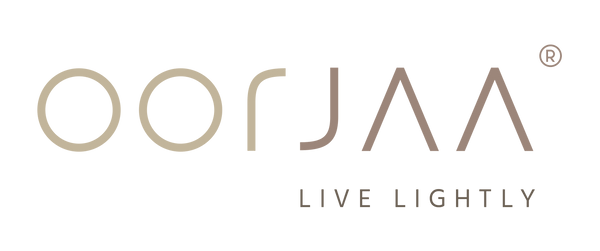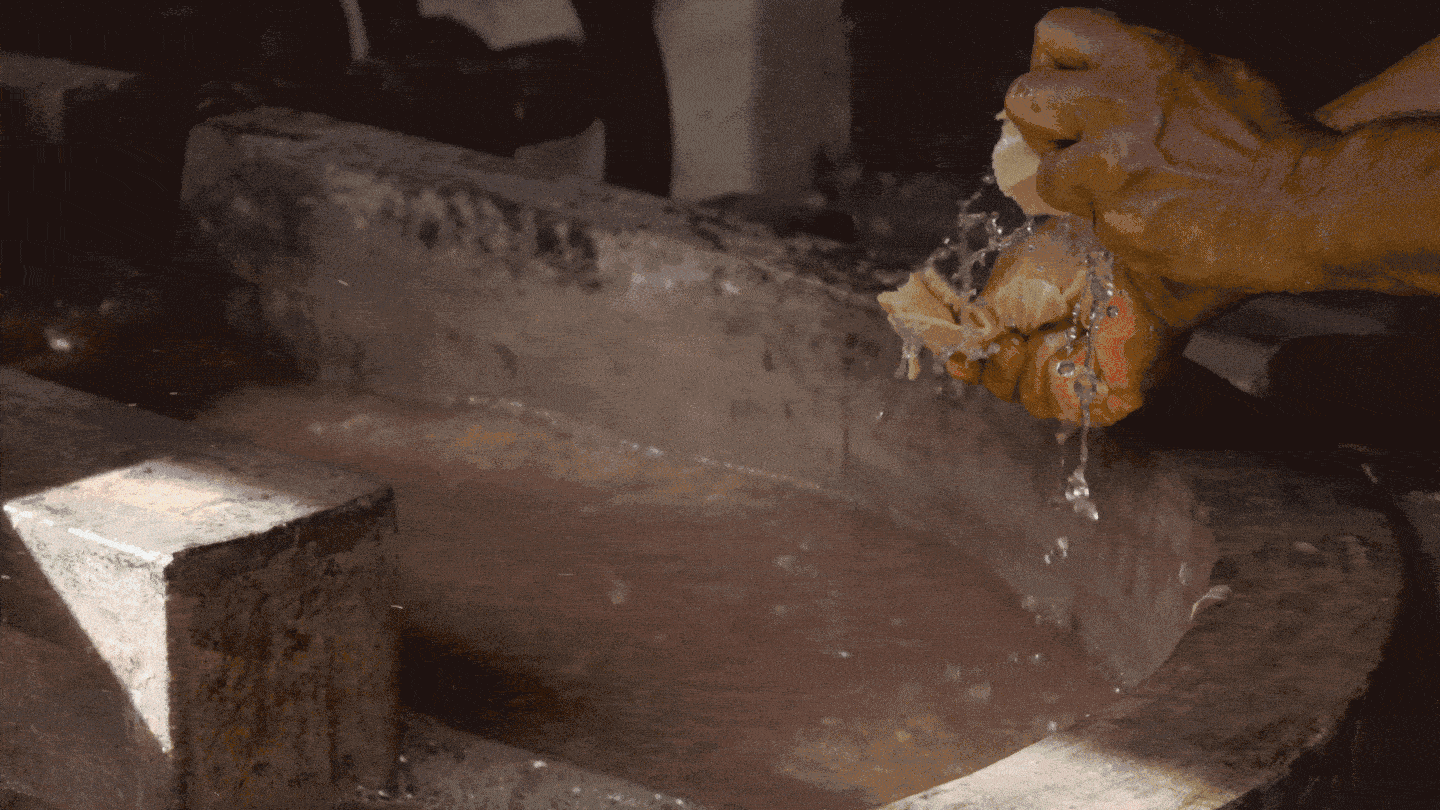Frequently asked Questions
1. How to maintain the Lamp Shades?
A. Regular dusting and vacum blow
2. Are the Lamp Shades heat protective?
A. Yes
3. What is a T5 Light?
A. T5 is a slim variety of tube lights
4. What is Incandescent Bulb?
A. old fashioned bulbs with tungsten
5. How to clean Banana Fiber?
A.Feather dusting and vacuum blow
6. How long does the battery of LED Candles last?
A. Depends on the type of LED . 8- 10 hrs
7. How durable are the wires that you use?
A. we use only branded and They meet the safety standards
8. How long does the Rice light lasts?
A. 1000 - 1500 burning hours. they come in varying length. Please check what is available on sale
9. Are the Rice light same what we get in Market(China made)?
A. They all come from China. The quality varies. We ensure the Rice lights do not get overheated
10. Does the bulb comes with warranty?
A. Yes 6month warranty from date of purchase
11. What are the different sizes of Tube Light?
A. We get 2 and 4 ft. std size
12. Can we get any specific light products customized?
A. Yes you can, please share your designs
13. What does LED stand for
A. Light emitting Diode
14. Why is LED better than other light sources?
A. LED lights are the next generation of lighting that save energy, reduce maintenance and replacement costs and help protect the environment. They also last much longer than traditional lighting
15. How energy-efficient are LED lights?
A. LED lighting can save up to 90% of the electricity used by incandescent and halogen bulbs and up to 50% of electricity used by fluorescents bulbs
16. Where are LED lights being used?
A. LED lights are being used where the lighting is on for a long time such as hotels, restaurants, shops, factories, and homes
17. Is LED lighting better than incandescent or halogen lighting?
A. Around 80-90% of the energy emitted from incandescent bulbs is converted to heat instead of light. LED lighting is about 85% more efficient than incandescent bulbs and hence do not need as much energy to product the same amount of light. LED lights are also designed to last about 50 times
18. Is LED lighting better than incandescent or halogen lighting?
A. Around 80-90% of the energy emitted from incandescent bulbs is converted to heat instead of light. LED lighting is about 85% more efficient than incandescent bulbs and hence do not need as much energy to product the same amount of light. LED lights are also designed to last about 50 times longer than incandescent lighting
19. What is the best, LEDs, fluorescents or CFLs?
A. Unlike LED lights, most fluorescent lights and CFLs harbour hazardous materials, such as mercury. This requires their careful and proper disposal, ensuring that they do not contaminate landfill sites. As most cannot be dimmed, Fluorescent lights may suffer from flickering. Unfortunately, people can be sensitive to this effect - resulting in eye-strain, migraines and other head-aches. LED lights utilize solid-state technology enabling stable dimming with no flickering. Fluorescent lights may take noticeable time to reach optimum brightness, a problem that is compounded in cold conditions. LED lights are instant-on in any environment – even inside cold rooms and freezers
20. How long does an LED bulb last?
A. Good quality LED lights can have a lifetime of 50,000 hours or more but the average is around 35,000 hours. But this all depends on their design and how they dissipate heat from the LED chip. Depending on how many hours they are used a day, that can last as long as 20 years. Unlike other lighting products LED lights do not completely fail - they get dimmer. At 50,000 hours of use (or their rated lifetime), an LED bulbs will be designed to provide at least 70% of its initial light output (LOR). The lifetime is dependent on many different factors including the LED light design, LED chip type, ambient temperatures and fixture design.
21. Aren’t LED lights too expensive?
A. The upfront cost of LED bulbs cost marginally more than conventional light bulbs but they save a lot of costs over time from reduced energy usage, replacement and maintenance costs. But how do you define expensive? Is it the up-front cost or is it the running cost of the light over time or the cost to change the bulb once it has failed? If it is a new building, installing LED lighting is sometimes the same cost as traditional technology which means you will start to save from the word go
22. Why is cork known to be an environmentally sensitive choice?
A. Harvesting the cork oak for its bark is strictly regulated, limiting such harvesting into nine-year cycles. The individual cork oaks must be at least 25 years old before they are harvested and when they are, the health of those cork oaks must be ensured. The cork oak is harvested by hand, and remains unaffected by the harvesting process. The bark of the cork oak grows back, leaving the cork oak as healthy as ever. As such, cork flooring is one of the most renewable sources for flooring there is.
23. What are the benefits of a cork?
A. The benefits of cork are: resilience, durability, moisture resistance, thermal and acoustic insulation. Cork by nature is hypoallergenic, antimicrobial and insect resistant.
24. Is the color of all cork consistent?
A. No. Just like Oak (cork being in the Oak tree family) comes in many shades. You need to keep in mind that each cork tree sheds its cork-bark in its own unique way. Shade variations are an inherent and attractive. This is a standing characteristic of natural products – whether cork, wood, bamboo, slate, marble or granite; colour variations are to be expected.
25. Can Cork Fade?
A. As cork is a wood, it can fade and age like other woods.
26. Why is cork known to be a good insulator?
A. It is the air which fills the cells in the cork that makes it an excellent thermal insulator.
27. What makes cork naturally moisture resistant?
A. A natural substance found in cork called suberin, a waxy material that is a key component in the makeup of the cells in found in cork, is responsible for the moisture-resistant nature of cork. Suberin is also insect-resistant as well as adding a level of fire resistance.
28. Where can cork lamps be used?
A. Cork lamps have been designed to be used indoors. Cork lamps can be placed near an open balcony
Rubberised cork can be used outdoors in shaded areas


